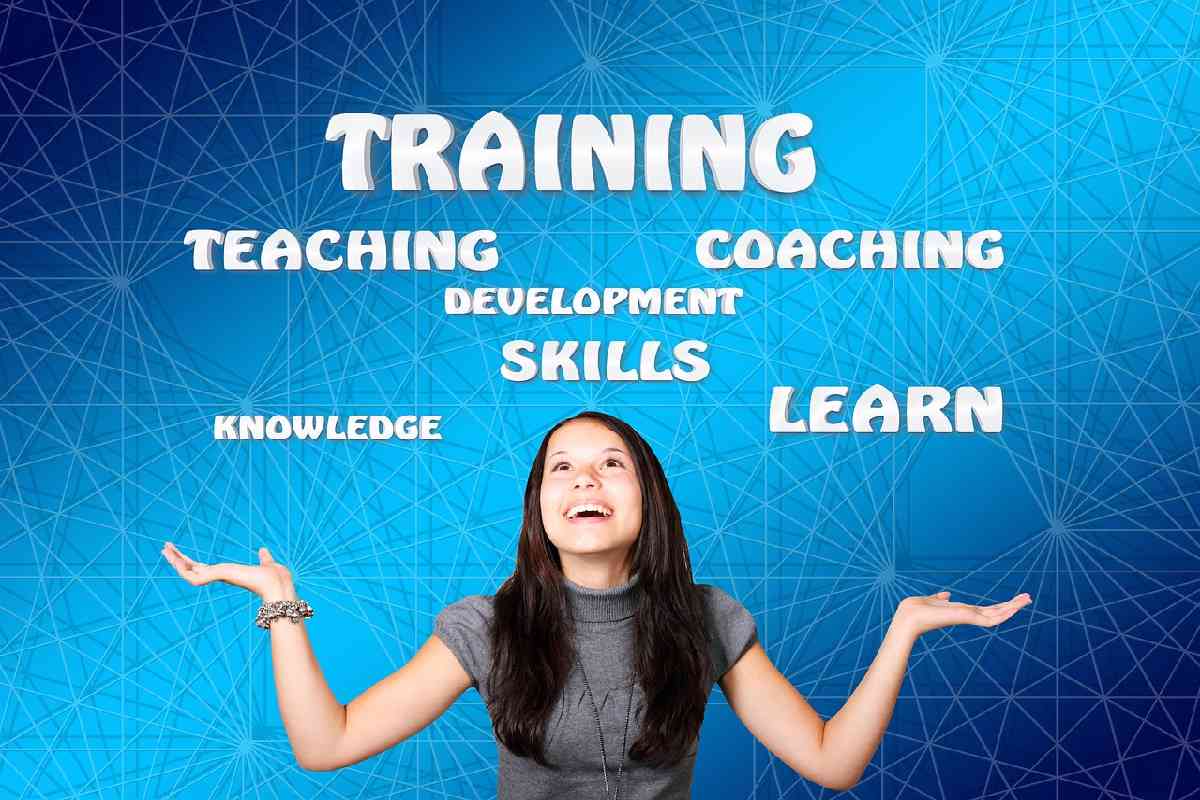We know well that marketing or marketing is a series of actions that facilitate organizations and companies’ sales processes. In addition to standing out from the competition, these strategies have made it possible to apply techniques to understand the target audience’s real needs fully.
As part of the series of posts in which we return to the essential marketing points by defining various types, such as network marketing, direct marketing, or political marketing, in this article, we will summarize what service marketing is about and its implications.
Table of Contents
What is a Service?
We all use the services in our daily lives, turning on the light, watching television, talking on the phone, boarding a bus. Filling our car’s gas tank, taking clothes to a dry cleaner, and going to a restaurant are examples of consumer services.
But in terms of marketing, a service, although difficult to define due to its diversity, can be defined as economic activities that create value and bring benefits to customers in a specific time and space, generating the desired change the recipient of the service.
A service can be distinguished when it has any of the following characteristics:
- It is intangible. A service cannot be inventoried, patented, displayed, or displayed. It isn’t easy to price it.
- It is heterogeneous. The delivery of the service depends on the actions of an employee or employees. There are many factors to determine its quality. Therefore, there is no knowledge that the service delivered is what is a plan and promote.
- Its consumption and production are practically simultaneous. Customers participate and affect the transaction; customers affect service to each other; employees affect the service result; mass production is difficult.
- It is perishable. It is difficult to coordinate demand and supply within services; however, a service cannot be returned or resold.
What is Service Marketing?
Services marketing typically refers to what done to offer services business to consumer (B2C) and business to business and in areas such as telecommunications, financial services, all kinds of hospitality services, rental services, auto, travel, health, and professional services.
What does Service Marketing Involve?
Service marketing has 3 main components:
- External marketing. The one that the company does to customers when it promotes what its service seeks to offer them.
- Internal marketing. What happens from the company to its employees is the tools that the company gives them to enable them to deliver the promise they promote to customers.
- Interactive marketing. From employees to customers, that is, delivering what your service offers to customers.
Marketing Of Services: From 4 To 7 Factors To Control
In service marketing, in addition to the 4 known P (product, place or place, price, and promotion), they are extended, adding 3 more: people, processes, and physical evidence (for its acronym in English: people, processes, and physical evidence).
These three extra processes have to do with the following:
- People. It is about what the company does concerning its employees, its knowledge, its customers, and its values and communication culture.
- Physical evidence. It has to do with designing a company’s physical locations, signage, employee clothing, and other tangible items.
- Processes. This point has to do with the flow of activities, the number of steps.
Objectives Of Service Marketing
In the same way that traditional marketing seeks to sell products, service marketing aims to impact consumer perception to choose one of our services and perceive their expectations.
In this way, service marketing will seek:
- Influence the purchase decision
- To satisfy the client
- Increase the value perceived by the consumer
Overall, this is a brief introduction to service marketing. Every business must, of course, ask itself questions about how it is running, for example, by investigating how effective the service marketing mix is, how well it is responding to the company’s vision and strategy, and what the strengths and weaknesses are regarding these 7 Ps.



